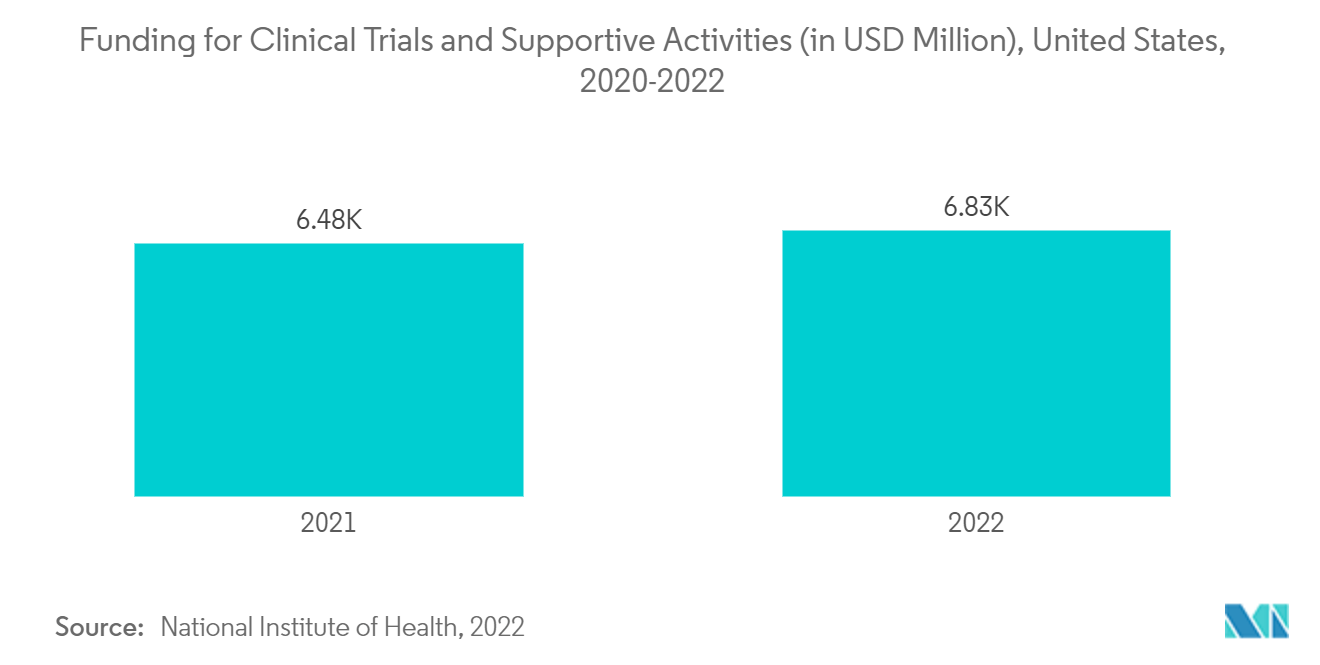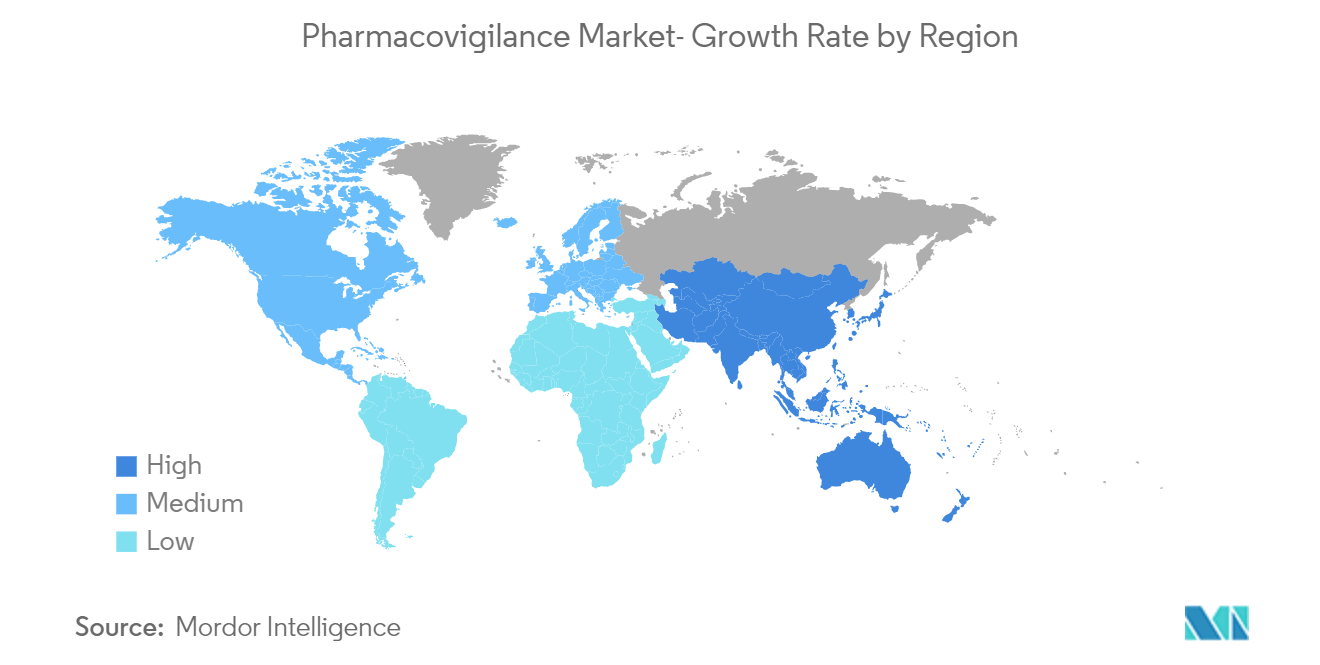Market Trends of Pharmacovigilance Industry
The Pharmaceutical Companies Segment is Expected to Hold a Major Market Share
Pharmaceutical companies are expected to hold a major market share and are projected to do the same over the forecast period.
In recent years, drugs have been consumed and developed at significantly higher rates. The intake of drugs for longer periods by a large population can put patients at risk of experiencing unwanted and sometimes dangerous side effects. For instance, in October 2022, Aurobindo Pharma USA recalled Quinapril and Hydrochlorothiazide Tablets USP 20mg / 12.5mg from the US market due to the presence of Nitrosamine Drug Substance Related Impurity (NDSRI) and N-Nitroso-Quinapril. Thus, the growing need for medical information by regulatory authorities is also anticipated to fuel the growth of this segment.
The rising adoption of pharmacovigilance services by pharmaceutical companies is propelling the segment's growth over the forecast period. For instance, in September 2021, IQVIA entered into a transformative collaboration with NRx Pharmaceuticals to provide pharmacovigilance services and medical information in preparation for potential regulatory actions.
Furthermore, according to the study published in Frontiers in Drug Safety and Regulation, in February 2022, eco-pharmacovigilance has become an important issue in recent years, and it's critical for lowering the risk of pharmaceutical pollutants polluting the environment. Pharmaceutical companies may therefore adopt pharmacovigilance services to reduce environmental pollution, thereby driving the market's growth.

North America is Expected to Hold a Significant Market Share and is Expected to do the Same during the Forecast Period
North America holds a major market share for pharmacovigilance and is expected to continue its stronghold for a few more years.
Since pharmacovigilance activities are being shifted to contract research organizations (CROs) due to high costs, the pharmacovigilance approach in the United States is moving from a passive to a proactive role in the healthcare system. As per the Institute of Medicine report, by Christopher Cheney, published in March 2020, nearly 98,000 Americans died annually due to medication errors. Estimates of annual patient deaths due to medication errors have since risen steadily to 440,000 lives, which makes medication errors the country's third-leading cause of death. Therefore, there is a need to modify the current protocols for quick communication between healthcare providers and the Food and Drug Administration. Since pharmacovigilance plays a vital role in drug assessment and prevention of adverse effects, the demand for such services is likely to increase in the near future.
Furthermore, the key players are also involved in product launches and strategic collaborations to strengthen their market positions. For instance, in December 2021, ArisGlobal launched the go-live of the USFDA Adverse Event Reporting System (FAERS II), an electronic safety reporting platform powered by LifeSphere MultiVigilance. In addition, in October 2020, Saama Technologies Inc. launched the new Active Safety Analytics for Pharma (ASAP) products. ASAP is one of the first validated pharmacovigilance solutions to leverage the United States Food and Drug Administration's (FDA) Sentinel Common Data Model and the TreeScan methodology for detecting safety signals.


